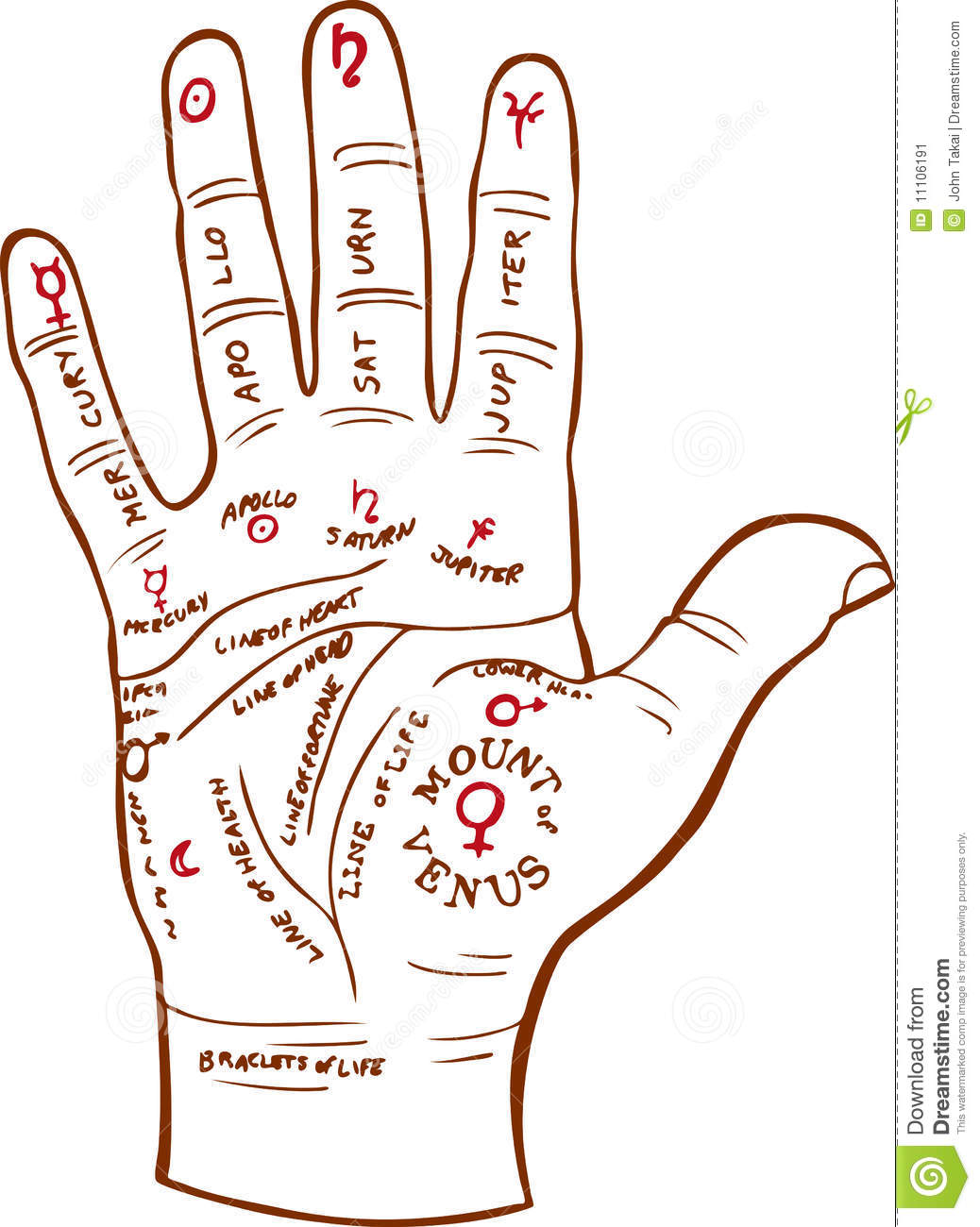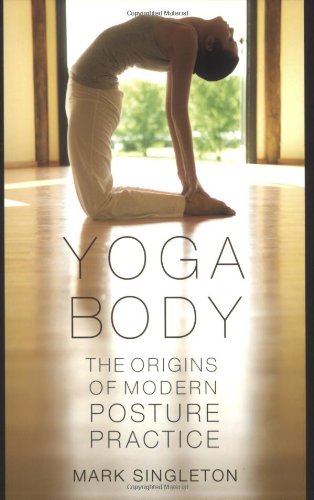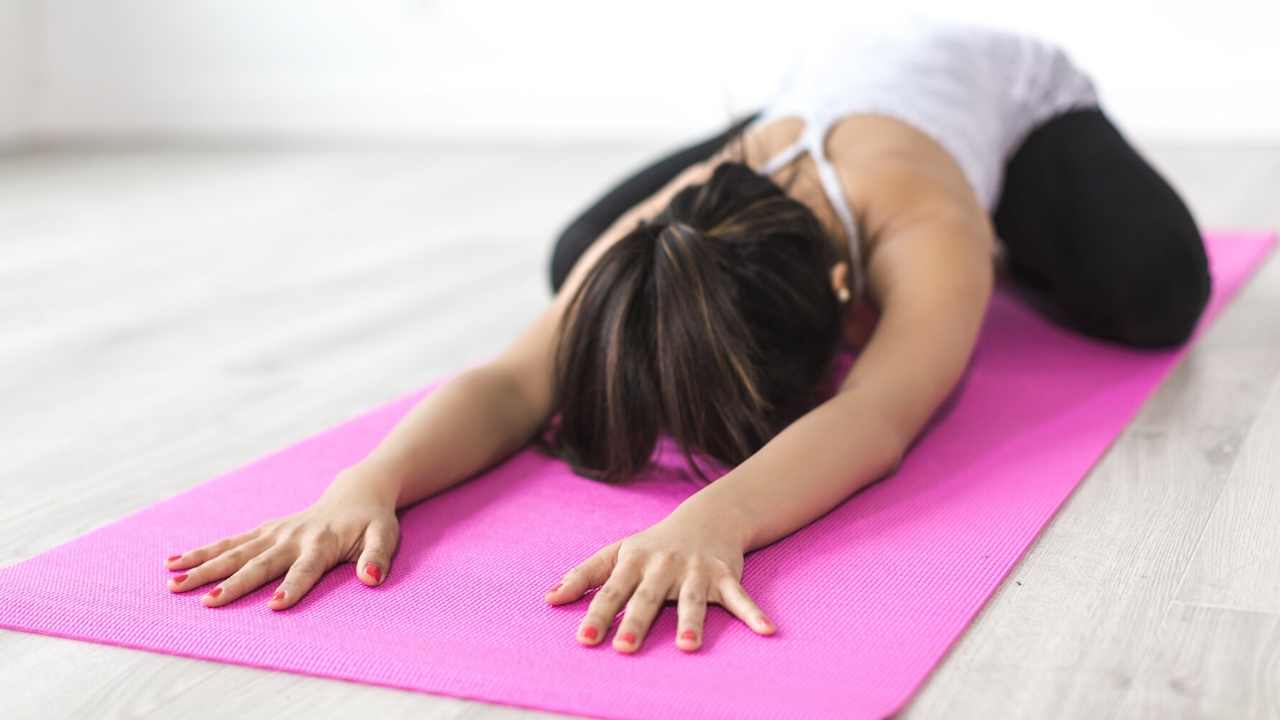
Many yoga poses cause strain on the shoulders, which can lead to injuries. For this reason, it is important to understand the anatomy of the shoulder joint before starting a new yoga exercise. The shoulder joint is made up of three bones: the scapula, clavicle and humerus. Each bone has its own unique range of motion, and they all meet at an elbow joint.
Quads are the muscles responsible for knee extension. The gluteus maximus and the front and back thigh muscle are joined by the gluteus maximus. These muscles are responsible for hip flexion, abduction, and hip flexion. While these are not the only four muscles that contribute to yoga poses, they are integral to each pose. Each one of these muscles is crucial, even if you don't look at them individually. You will feel each part of a yoga pose as you go through it.
The hamstrings play a role in knee extension. They are derived the the ischial tubesity in the pelvic. They also contribute to hip extension. These muscles are vital to many of the yoga poses. However they can be difficult for some to access if they are not properly aligned. It will make it more difficult but it will increase your flexibility and balance. Once you are more familiar with the anatomy and workings of the hamstrings, it is safe to move on.

The hamstrings, another part of the body that yoga can help, are also a good place to start. The hamstrings are responsible for knee extension, and they originate from the ischial tuberosity in the pelvic bowl. They aid in hip flexion and plantarflexion. The hamstrings are important for many yoga poses because they are responsible for many different movements in the body. This will help you choose the best one for you.
Balance poses should not be done too hard on the SI joint. We should aim to have a stable, even range and strong core. A pose's alignment is another important consideration. Pain in the knee can result from a stretched joint. This can lead to an injury. Instead, use props that can help you achieve a better alignment.
Overmobilized Capulae: Although it can give the appearance that there is a twist to it, this does not happen in this position. The arm's position can also influence the spin of the spine. The meniscus moves toward the back when the arm is fully flexed. A well-aligned pelvis assists the body to move in the right direction. The hips and spine should be evenly distributed.
The pelvic joint must be flexed in order to achieve an even range of motion in the knee joint. You should keep your pelvis and scapula in neutral. The pose may cause spinal flexion and injury if they are not. If this is the case it might be best to not attempt this pose. While the leg extends fully, the meniscus must be pushed to one side of the joint.

The pelvis is composed of three bones, femur, thighbone and femur. These bones are round and create a cup-shaped structure. The pelvis is the ball-shaped bone that runs along the top of the thigh. The femur also connects the lower leg bones. Each one of these three bones is slightly different in shape and angle. This can affect how easy and strong some yoga poses are.
Anatomy of the yoga poses is essential for beginners. The correct alignment of the yoga poses will be easier as you get more familiarity with your body. David Katz, an internationally recognized expert in anatomy and yoga, provides detailed explanations in Anatomical Position. He explains the anatomy of the key yoga poses and how each one affects the body. It is easy to apply the anatomy to your everyday life once you have a good grasp of it.
FAQ
Which is the best order to exercise?
It all depends upon what you are trying to achieve. You should start with heavy weights if your goal is to build muscle mass. Then move into cardio. For those who want to lose weight or exercise, you can switch from cardio to strength-training.
Cardio is a great way to lose fat if you are just looking for a quick workout. You can then add strength training.
Cardio is the best way to build muscle mass.
Eat before you go to the gym. This will fuel your muscles, making them work harder. Plus, it makes you feel better during your workout.
What food should I avoid if I want to lose weight
Avoid trans fats. Trans fats increase LDL cholesterol (the bad) and decrease HDL cholesterol (the healthy).
Trans fats can also be found in deep-fried food, fast food, packaged bakery goods, snack cakes, as well as other processed foods.
These unhealthy fats cause inflammation which leads to heart disease, diabetes, and other health problems.
Avoid foods containing artificial sweeteners. Artificial sweeteners have been linked to an increase in cancer risk.
They are found in everything, from soft drinks to chewing tobacco to candy bars. They appear in many other foods, including meat, poultry, fish, and eggs.
Artificial sweeteners include saccharin, cyclamate, sorbitol, aspartame, acesulfame-K, and sucralose.
These chemicals can damage DNA and cause cell death, according to the American Heart Association.
What does butter have to do with men?
Butter is one source of saturated fats. This type of fat contributes to healthy skin, hair, and stronger bones.
Butter also contains vitaminK, which prevents bleeding after cuts and bruises. Vitamin K works with vitamin A to prevent bleeding.
Butter also contains minerals like calcium, phosphorous and potassium. These elements encourage stronger bones.
However, butter has some drawbacks. Butter contains high amounts of cholesterol. Some studies show that consuming too much cholesterol may increase the risk of developing cardiovascular disease.
Butter also contains high amounts of saturated fat, which contributes to obesity and increases cholesterol.
If you have to have butter, spread it on bread instead of dipping it in soup or salad. Bread absorbs oil more than pasta or potatoes.
Which dietary supplement is good for weight loss?
Losing weight requires both diet and exercise. Some people find that certain supplementation can be helpful.
Many studies show that omega-3s may help you lose weight. Omega-3 fatty acid is an essential fat that is important for brain function as well as cell membrane integrity. They can be found in seafoods like salmon, tuna or shrimp, as well as cod liver oil.
Another study suggests that green-tea might help with weight loss. Green tea contains catechins. These antioxidants may be able to increase metabolic rate and encourage weightloss.
What is the best work out for men aged 40+?
The best workout for older men usually increases energy and stamina.
It is important that you note that people over 40 experience a decrease in testosterone levels, which results in lower sex drive.
You can still exercise, however. Numerous studies have shown that aerobic exercise can increase testosterone levels in certain men.
If you are looking to improve your sexual performance, an aerobics workout is the best option.
Statistics
- According to the American Academy of Dermatology (AAD), men over 50 are at a heightened risk of developing it. (healthline.com)
- By John Thompson Take a whopping 38% off a set of PowerBlock Pros. (menshealth.com)
- According to the American Heart Association, blood pressure should be checked at least once every two years, beginning at age 20. (my.clevelandclinic.org)
- An estimated calorie range for moderately active adult males falls between 2,200 to 2,800 calories per day, depending on age. (eatright.org)
- 10 pounds in a month is likely during a lean bulking phase, especially for beginners. (muscleandstrength.com)
External Links
How To
How can I burn fat while exercising?
Exercise reduces calories by increasing metabolism, and oxygen consumption.
At moderate intensity, you will lose weight easily.
To burn fat while exercising, follow these tips:
-
Do cardio exercises such as walking, swimming, jogging, cycling, running, or elliptical training.
-
Do 30 minutes of exercise three times a week.
-
Strength training is a great way to lose weight.
-
Avoid doing intense exercises. It is possible to build muscle without destroying muscle tissue.
-
During exercise, drink plenty of water. Water helps flush out toxins and keep your body properly hydrated.
-
After working out, drink low-fat protein shakes. Protein shakes help repair muscles and boosts energy.
-
Smaller meals are better for you.
-
Don't skip breakfast! Skipping breakfast can lead to fatigue and sluggishness.
-
Mental health is important. Stressful situations can slow your metabolism.
-
Keep a positive attitude. Studies show that people who believe they are overweight gain more weight then those who think they are attractive.
-
Get enough sleep. Insufficient sleep can make it more difficult to lose weight.
-
Active living is key. Get up every hour and get moving.
-
Maintain a healthy diet. A healthy diet will help you feel fuller for longer.
-
Find relaxation techniques. Your body won't release stress hormones that cause muscle tissue destruction if you have a tense mind.
A balanced diet includes all essential nutrients needed for growth and development.
Six small meals per day is better than three large meals. This gives your body more time to digest the food you eat.
You need about 500 milligrams of calcium daily to maintain strong bones. Calcium can be found in dairy products such as yogurt, fortified soybean beverages, orange juice, cereals, bread, and cereals.
Calcium is found in green leafy vegetables, beans, tofu, seeds, nuts, and cheese.
Your body needs vitamin D to absorb calcium. Vitamin D is found in certain fortified foods, such as egg yolk and fatty fish.
Vitamin E plays an important role in skin health. Vitamin E can also be found in vegetable oil, wheat germ oils, peanuts as well almonds, sunflower seeds and corn.
Zinc is essential for healthy immunity and wound healing. Zinc can be found in seafood, legumes and meats.
Zinc deficiency could cause fatigue, nausea, vomiting, and depression.
Insulin resistance is caused by eating too much sugar, which can increase blood glucose levels. Insulin resistance leads to weight gain.
When there is a high level of free radicals, insulin resistance can develop. Free radicals are molecules with unpaired electrons that damage cell membranes and other parts of the body.
The main sources of free radicals are food additives.
Free radical damage may lead to cancer, heart disease diabetes, arthritis, asthma and other conditions.
To prevent free radical damage, eat a healthy diet rich in antioxidants. Antioxidants protect against oxidative damage.
Antioxidant vitamins include Vitamin C (found in citrus fruits), beta carotene (found in carrots, sweet potatoes, spinach, broccoli, cantaloupe, apricots, squash, mangoes, peaches, peppers, tomatoes, cabbage, cauliflower, kale, Brussels sprouts, collard greens, watermelon, and strawberries), and Vitamin E (found in nuts, olive oil, avocados, and eggs).
Selenium, manganese (and zinc) are other antioxidant nutrients.
Selenium is known to protect cells from the oxidative damage that free radicals can cause. Selenium can also be found in Brazil nuts (tuna), liver, kidneys and shrimp.
Copper protects the eyes, brain, lungs, liver, and red blood cells. Copper can be found in meat, shellfish, meat, and organ meats.
Manganese is an essential component of bone structure. Manganese may be found in brown rice or spinach, bananas and prunes as well raisins, oatmeal and lentils.
Zinc is important for healthy growth, reproduction, and wound-healing. Zn can also be found in white fish, lean cuts of meat, poultry, and eggs.